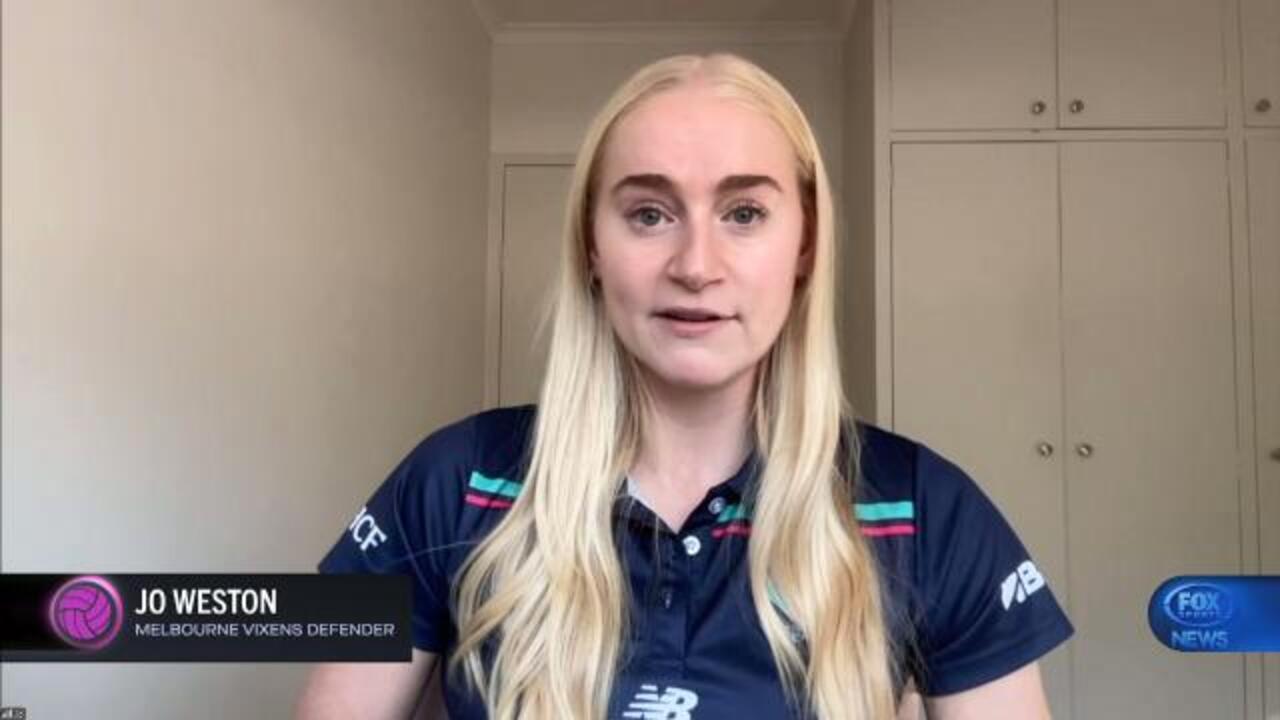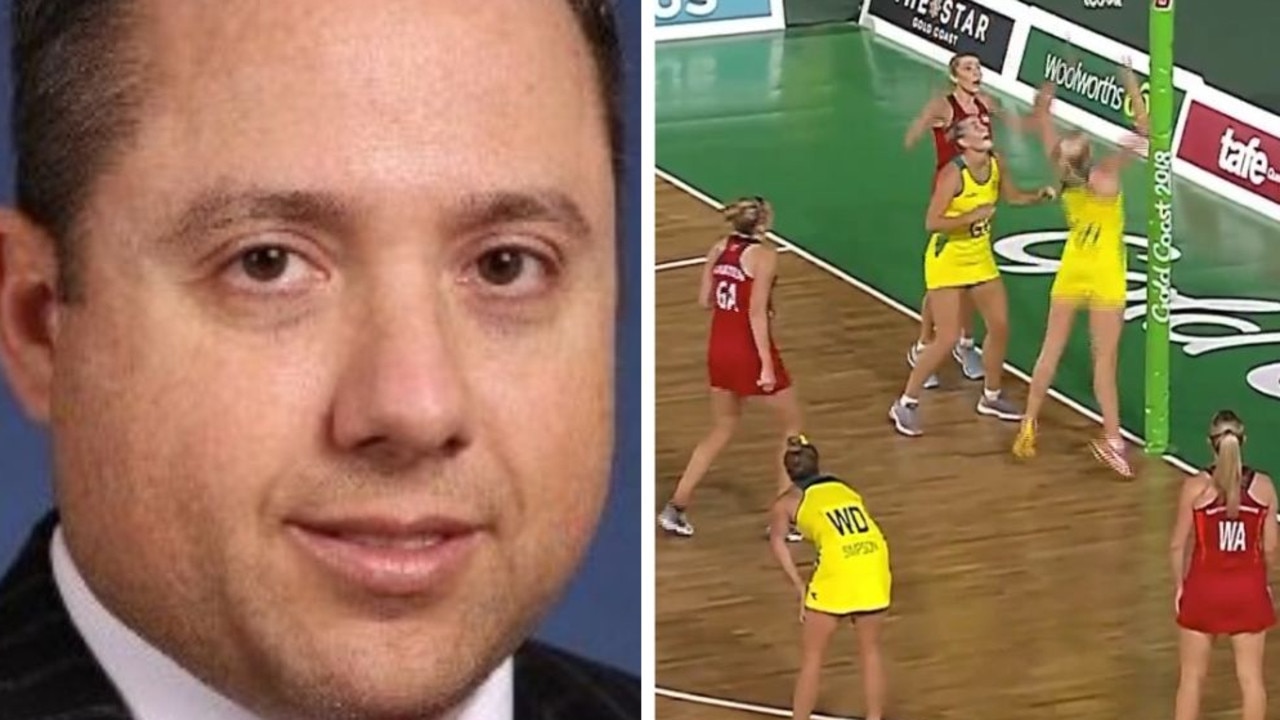Analysis: The Super Netball players carrying the biggest loads
They’re the players that carried a massive load for their clubs last season and have started the new year on pace, EMMA GREENWOOD analyses the workhorses of Super Netball.

Netball
Don't miss out on the headlines from Netball. Followed categories will be added to My News.
They’re Super Netball’s endurance queens – players who spent almost every minute of every match on court in the best competition in the world.
While coaches are moving away from having a dedicated starting seven, leaning instead on every member of their full-time squads, there are some athletes whose output across the previous season was staggering.
Two Diamonds shone brightest, with the Vixens’ Kate Moloney registering almost 1000 minutes on court across the season, while Aussie captain Liz Watson had the highest average, with more than 61 minutes each match on court, thanks to the Lightning’s pair of extra-time clashes.
The Vixens, who played 17 games throughout the season – one more than premiers Adelaide Thunderbirds (who won the major semi to win direct entry to the grand final) and West Coast Fever, who they beat in the preliminary final – predictably dominate the overall minutes played.

Former Diamonds coach and Code Netball columnist Lisa Alexander said this was also due to the extremely stable starting seven the Vixens possessed. Although this is a scenario that might not be repeated this year, with the club’s analysis following their narrow grand final loss identifying the need for greater use of their bench throughout the year.
“(Vixens head coach) Simone (McKinnis) and (assistant) Di (Honey) have looked at that, and their performance analyst obviously has looked at as well, and it could be just that one percenter that could get them a premiership, because it was so close,” Alexander said.
“Being brave to make the changes but also being proactive (is what I think they will do this year).
“You saw last week the Vixens started with Jo (Weston), (Kate) Eddy and Zara (Walters) and that is a whole new defence end for Vixens.
“They’ve been practising it a lot but to put it out there in the first quarter against Giants took a lot of bravery to do that but it was the right call.
“I think overall it made a statement that the Vixens are really trying to do some changing this year to really use their bench.”
Watson and the Firebirds’ Ruby Bakewell-Doran played every minute of every game last season – the only players in the league to do so – with both averaging more than 60 minutes per game thanks to their team’s extra-time clashes.
In fact, six players averaged more than 60 minutes per match due to the three extra-time matches throughout the season.
But two rounds into the new season, 15 athletes – less than 20 per cent of players in the competition – have played every minute and that is expected to keep shrinking as the season goes on.
“Was it any wonder that (Watson) was exhausted at the end of the year,” Alexander said.
“She has said that publicly in our interview.”

It’s hardly a surprise that athletes like Moloney, Watson, Paige Hadley, Jamie-Lee Price and Jess Anstiss dominate the stats, with those that play centre, in particular, possessing a strong running game.
“Centre is more a running position now, it’s much more running than it’s ever been,” Alexander said.
“And it’s a lot of physical work when you’re playing in the defence but attacking wise, you’re doing many more long runs.
“Whereas wing attacks are really smashing in those dodges, and Lizzie does it all the time - if you watch her play, she’s ‘dodgy’ and she’s getting smashed into ... and that is wearing over 60 minutes.”
While she marvelled at all the athletes’ endurance, the ability of those required to make repeated explosive movements, such as wing attacks’ constant changes of direction and driving, the drive and then shot of goal attacks and footwork on top of running at goal defence was incredible.
“A few years ago we did analysis on the New Zealand versus Australia match and we came up with all sorts of great benchmarks.
“It was Nat Medhurst who we analysed at goal attack and Julie Prendergast at GD, those two did the most.
“It’s the handling of the ball in goal attack, whereas in goal defence, it’s all that footwork which is massive.
“I think people underestimate how much work a goal attack has to do and then have to go in and shoot.”
A deep dive by Code Sports into the minutes spent on court last season shows clubs got the most out of their import talent, although those in the first year in Australia took a little time to settle into the best league in the world.
Diamonds squad members, as expected, played huge minutes across the season, boasting some of the greatest on-court averages, although training invitee Lucy Austin, still just 23, played just under 10 minutes per game behind Jamaican great Romelda Aiken-George.
Originally published as Analysis: The Super Netball players carrying the biggest loads


